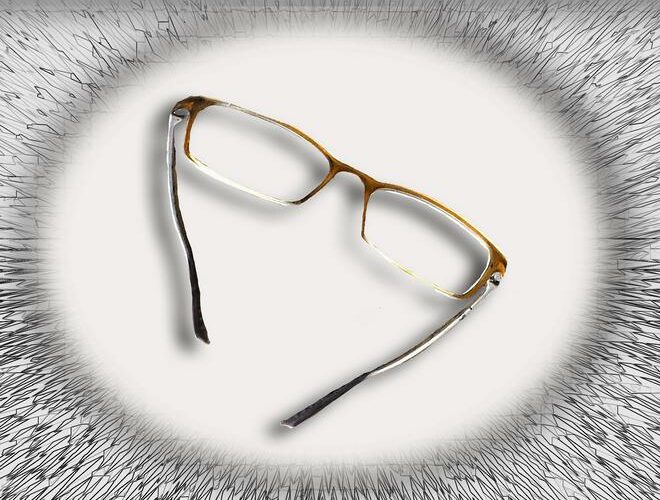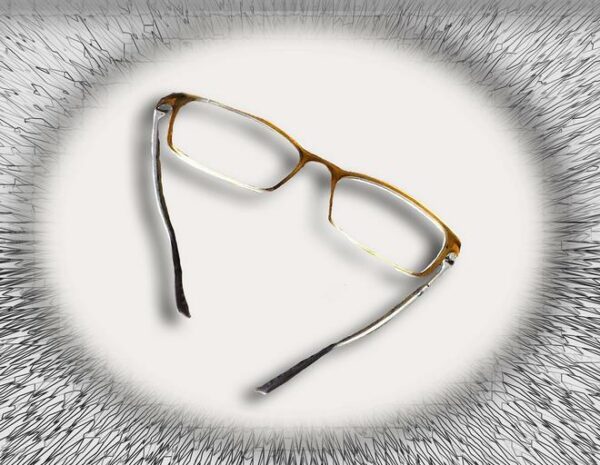An unusual fact about eyeglasses is that most people spend 80% of the time at an eye doctor’s choosing the frame. Please don’t get this wrong; there’s nothing wrong with that as eyewear has become an important part of our everyday fashion accessories.
Beyond being an accessory this can be used to make a fashion statement. There’s always going to be that time when you’ll need eyeglass lens replacement service. When that time comes, you cannot afford to get it wrong. You have to ensure that you have the right prescription lenses.
Any deviation from the right lens will have you struggling with your vision. More reason why you have to free yourself of all distractions and update yourself about the different types of prescription lenses. Nothing should stop you from loving how you look with the frame and see with the prescription lens.
At the heart of what makes you have that sharp, clear, and unhindered vision is the lens. You should also know that there are multiple types of prescription lenses. While you have the choice of choosing out the eyeglass frame, the choice of your prescription lens boils down to whether you are nearsighted, farsighted, color blind, or a combination of these vision issues.
Here’s a rundown of the different types of prescription lenses;
- Single Vision Lens
This is quite the most popular type of prescription lens, and it is intended to correct vision for a single distance. If you are shortsighted or farsighted, a single vision lens could be prescribed. However, a single vision lens will not work for you if you both near and farsighted.
A single vision lens is crafted to help you see better at a distance. In a single vision lens, the focus is distributed evenly over the entire lens. There’s no need for splitting focus op to bottom as obtainable in the bi-focal lens.
- Bifocal Lens
In its simplest form, the bifocal lens gives a double focal point on the lens. Bi-focal lens caters for both far and nearsightedness. That means that you can rely on a bifocal lens to improve your vision while reading, texting, operating a PC, or doing any form of close detailed tasks.
However, there’s also an equal amount of provision for long-distance vision and tasks.
That’s why bifocal lenses are divided into two sections; the upper part is for distance, while the lower part caters for closer vision.
- Multifocal Lens
You’ll only be prescribed a multifocal lens if you’ve been diagnosed with having more than a single eye problem. Bifocal lenses are also a multifocal lens. You’ll also learn about the progressive lens as you read ahead, which is also a multifocal lens.
On the surface, you can think of multifocal lenses to correct vision at near, far, and intermediate distances. That’s why you’ll hear eye doctors say that multifocal lenses can correct vision at every distance.
Today, multifocal lenses are growing in popularity as it caters for a wide range of eyes ailment.
- Progressive Lens
As earlier said, a progressive lens is a multifocal lens with three main types of vision. It caters to the far, near, and intermediate types of vision.
Here lies the progressive lens’s strength; there’s no line of demarcation between the three forms of vision correction. There’s a swift transition between all of these three forms of vision correction.
Users of progressive lenses enjoy an uninterrupted and seamless transition between all forms of vision. From looking at items at a far distance and switching back to a closer distance, progressive lenses make it easy on the eyes.
- Reading Lens
This is a lens in its simplest form. A reading lens might not require a valid and stamped prescription from an eye doctor. Just that if you find yourself skipping a word or two, you should look towards getting a reading lens.
Often, as humans age, they are likely to develop presbyopia. This causes the eye lens to be a bit rigid over time and affects near vision.
Usually, the reading lens is convex in shape. A bit outwardly shaped to cater to the need of the user. There are generic non-prescription lenses available, but you can also consider seeing an eye doctor for a prescribed reading lens if the generic ones are ineffective.
- Computer Lens
We now live in a time where our eyes are glued to a screen, big or small, all day long. This can have a deteriorating effect on the eyes. That’s why computer lenses limit the effect computer screens or other screen types have on our eyes.
That’s why we have computer lenses that are tweaked to an intermediate distance of 20 to 26 inches, which is the distance most people sit from their computers.
Regardless of your understanding of prescription lenses, it is best to visit an eye doctor to determine what’s best for your vision correction.





















